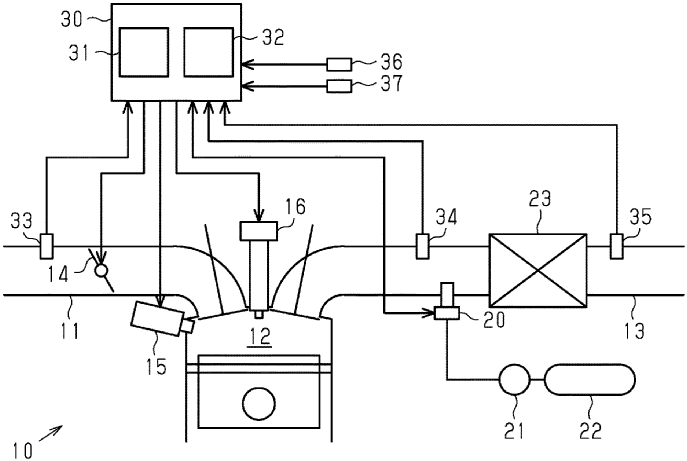This patent involves a controller specifically designed for hydrogen engines, which incorporates a selective catalytic reduction (SCR) device within the exhaust passage. It further includes a urea addition valve tasked with adding urea to the exhaust gas before reaching the SCR device.
The focus of this patent is on improving the efficiency and functionality of hydrogen engines by utilizing these components effectively.
A primary aspect of the patented technology is its reduction process. This involves adjusting the urea addition amount via the urea addition valve. The controller decreases the amount of urea added when the SCR device’s urea deposition reaches or exceeds a certain threshold. This careful modulation ensures that the hydrogen engine operates efficiently, preventing any potential issues caused by excessive urea accumulation.
Another critical feature highlighted in the patent is the lean-burn limiting process. While the reduction process is underway, the controller maintains the air-fuel ratio at a level less than or equal to a specific lean-burn limiting value. This process ensures that the hydrogen engine runs optimally by controlling the combustion conditions, which helps in enhancing performance and reducing emissions.
The innovation encapsulated within this patent signifies an important step towards more efficient and environmentally friendly hydrogen engines. By precisely controlling urea addition and air-fuel ratios, this technology addresses some of the fundamental challenges associated with hydrogen combustion engines. The ability to modulate fuel and urea inputs dynamically can lead to substantial improvements in engine reliability and emission standards.





